
What Are the Key Features of a Good Quality Horse Riding Boot?
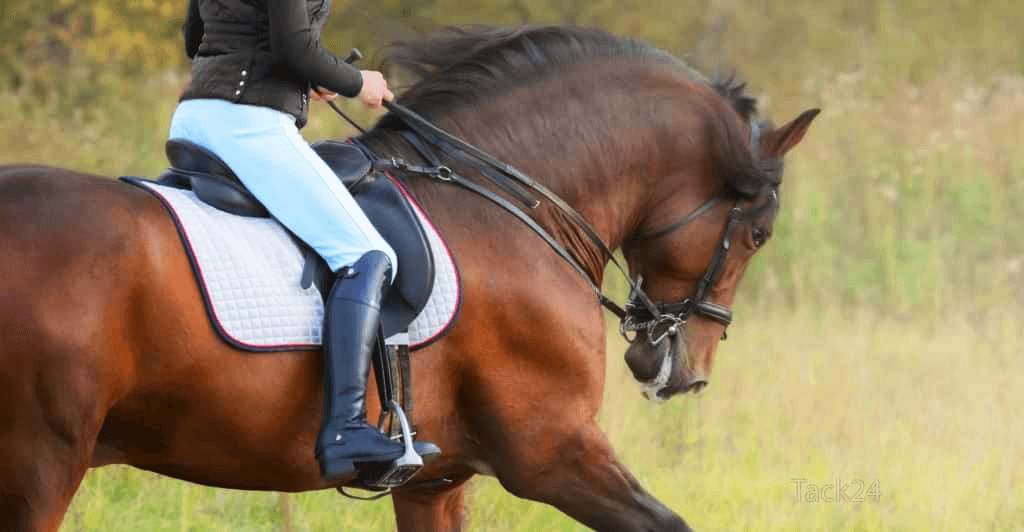
Horse riding is a thrilling and rewarding activity that requires the right gear to ensure safety and comfort. A good quality horse riding boot is crucial for a safe and comfortable ride. With a wide range of styles, materials, and brands available, it isn't easy to choose the perfect boot. This blog will guide you through the essential features of a good quality boot, including durability, comfort, protection, and performance. By understanding these features, you can find the ideal boot for your needs and riding style. So, buckle up, grab your metaphorical reins, and dive into the world of horse riding boots to ensure a confident and comfortable ride.
Essential Features for All Horse Riding Boots
When it comes to horseback riding, your boots are more than simply footwear; they are your link to your mount, your defenders, and your silent partners during the trip. So, what distinguishes a decent pair of riding boots beyond merely gorgeous leather? Let's look at the four pillars that define vital characteristics for any equestrian adventurer:
Durability
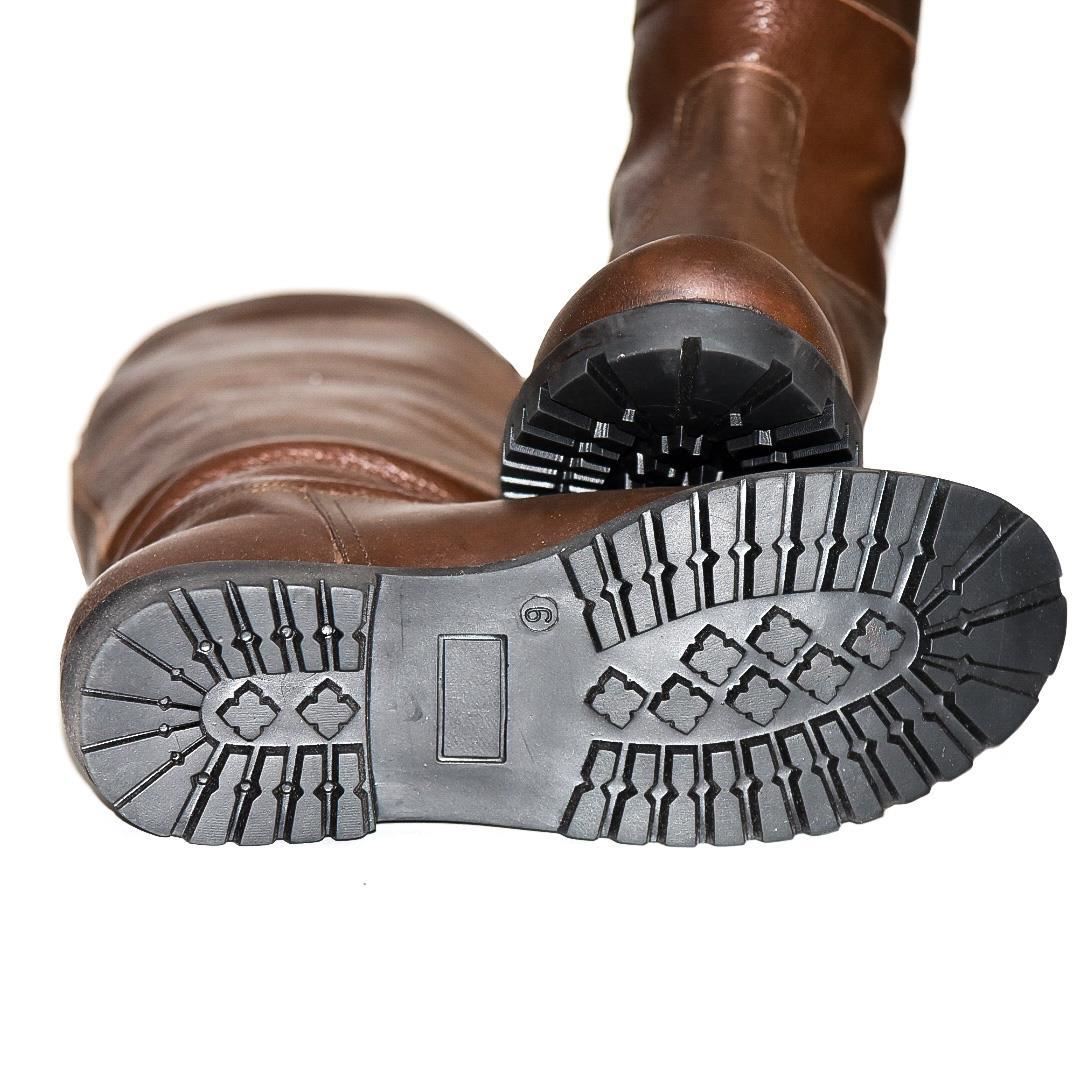
Imagine walking on uneven ground, brushing against rough twigs, or even getting lost every once in a while. You need tough boots! That doesn't mean it's awkward or painful; think of it as foot armour that's ready to handle the rough ride. Look for high-quality materials, such as full-grain leather, which is known for being strong and flexible. It might take a little while to get used to, but it will mould to your feet and become a trusted friend over time. Synthetic choices, such as nylon and polyurethane, are just as strong but cost less, which makes them great for newbies or people on a budget. Remember that a good pair of boots will save you money in the long run because they will last you many trips.
Jump To: How to Style Jodhpur Boots: Essential Guide for Beginners
Comfort
When you're riding for hours, you need boots that fit like an extension of your foot, not like a torture device from the Middle Ages. Picture how nice it would be to have supported insoles that support your arches and linings that let air flow through so your feet stay cool and dry even on the hottest days. When going on long rides, choose boots with padded knees and legs for extra comfort and support. For support and control, a tight fit is essential, but not so tight that it pinches or limits movement. It should be easy for you to move your toes and bend your legs without feeling blocked. Take care of your comfort so you can enjoy the ride and focus on your relationship with your horse instead of your sore feet.
Protection
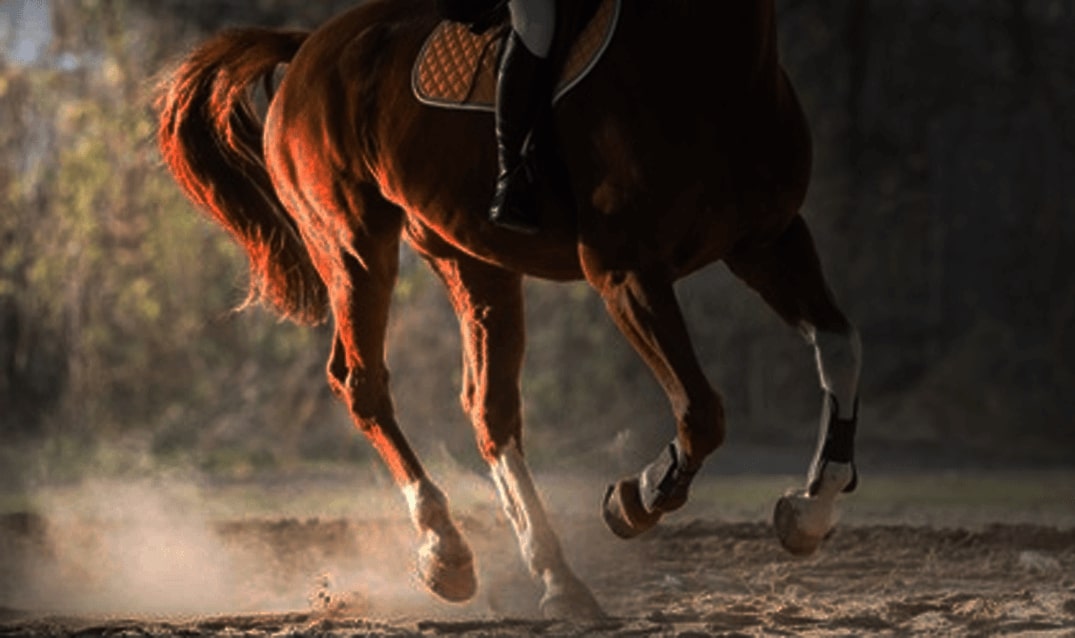
If you get hit by a tree or kick yourself by accident, your boots are the first thing that will protect you in the seat. Don't forget how valuable a good strengthened toe cap can be. It should be firm and not easily broken, protecting your toes from stray hooves or sudden bumps. If you're going to be in new areas or doing more dangerous activities, like jumping, you should get a higher shaft. These boots give your legs extra safety so that you can ride with trust and peace of mind. Remember that safety should always come first.
Performance
Your boots should fit your riding style, whether you're a dressage fanatic who likes to pirouet in the field or a trailblazer who likes to go on off-road experiences. Dressage boots usually have a tip that is lower (about 1-2 inches) so that the rider can be closer to the horse and use accurate aids and small leg movements. With a higher heel (2–3 inches), jumping boots, on the other hand, give you a better grip on the saddle and more support while you jump. Think about the shape of the bottom as well. To get a good grip on dressage fields or rough roads that are wet or muddy, look for treads with different textures. In sports like dressage, smoother soles let you feel the stirrup better. Performance features make riding more fun and help you move with accuracy and control so you can focus on your skill and get closer to your horse.
Additional Features for Horse Riding Boots (Optional)
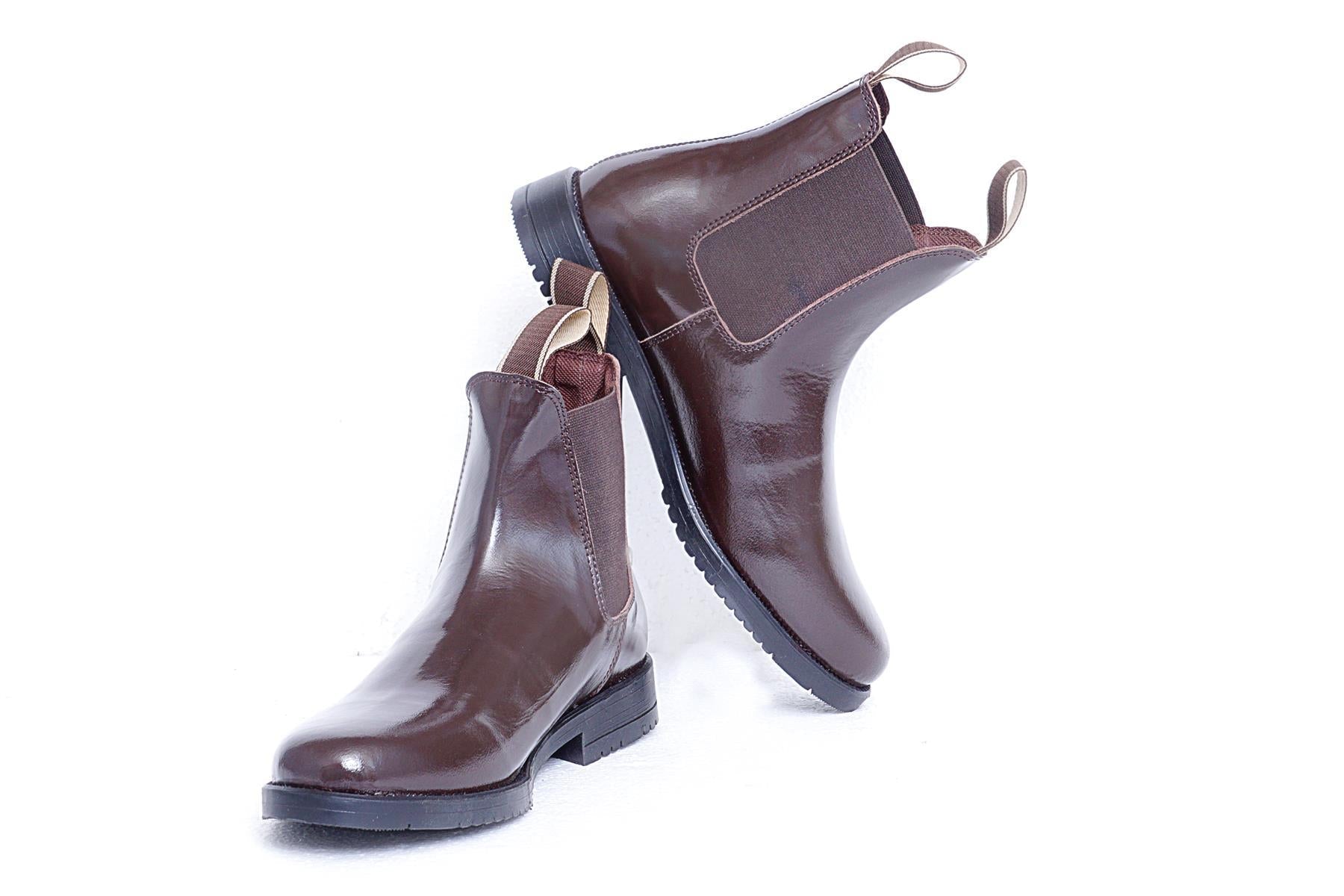
The basic features we talked about earlier are essential for every riding boot, but there are a lot more features out there that we haven't even touched on yet. These can make riding more fun, help you with certain sports, or add a little flavour. Here are some fun choices to think about:
Style
You can make your horse boots unique by adding stitching, a monogram, or bright colours that show off your style and personality. Black and brown are always a good choice, but if you want to stand out in the arena, try red, tan, or two-tones. Try out high-end leathers like zebra or ostrich for a sophisticated look, or look into fake materials if you want to save money. These boots can become an essential part of your style and make you feel better about riding. Try out different kinds of unusual leathers or synthetic materials to make your ride experience unique and stylish.
Jump To: 7 Best Horse Riding Boots for Every Equestrian in the UK
Closure Systems
For Western riding and dressage, lace-up boots offer a standard fit that can be adjusted to fit the shape of your foot and your riding needs. For maximum ease, it's essential to know how to tie your shoes correctly. It's easy to put on and take off boots with zippers, which is excellent for speed and usefulness. Zippers of good quality are safe and last a long time. Pull-on boots, which are often available in tall styles, give you a sleek, classy look. Select a boot with the correct shaft size and material to ensure a smooth and secure step. For the best comfort and support, make sure you use the proper tying methods.
Specialised Features
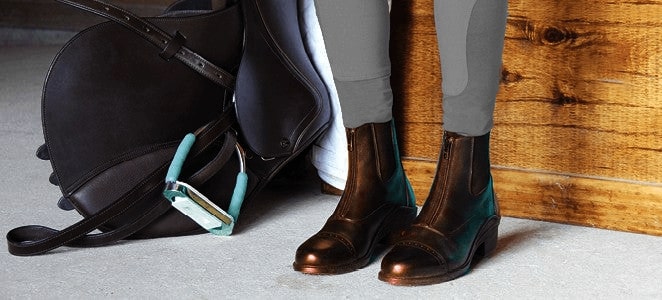
In colder places or sports like jumping, detachable pants add extra warmth and safety. Putting these on your legs makes riding more comfortable and safe. For dressage and jumps, you need boots with built-in spur rests so you can communicate clearly with the horse. Accents that reflect light make you more visible in low light, which is great for night riding or road hacking. Waterproof materials keep your feet dry and comfortable even when it's wet outside so that you can be sure of your shoes in any weather. Cool Breezes have mesh areas that let air pass through and linings that remove sweat from the foot, which keeps riders cool and comfortable when riding in hot weather. Boots with carefully placed ventilation zones let air flow freely and keep your feet dry. These features make it easier for riders to deal with the difficulties of riding in different kinds of weather.
To improve your ride experience, choose features that make it more comfortable and valuable over ones that are just in style. Features like pants or spur rests should be matched to your discipline and made sure they are necessary for that discipline. Comfort is essential, so don't give up a good fit for trendy details. You can customise your boots and enjoy your horseback ride more by thinking about your wants, riding style, and budget.
Conclusion
Horse riding boots are indispensable partners for every equestrian experience, delivering durability, comfort, protection, and performance. Consider your riding demands and style while looking for the right pair. Try out alternative designs and features, and ask for professional help. From the minute you put your boots on, they should feel comfortable and supportive. Research and equestrian passion can help you select boots that improve your riding experience and represent your individuality. With confidence, lace up, zip up, or pull on your boots and embark on your next journey.
Subscribe for more! Sign up for our newsletter to receive updates on new blog posts, riding tips, and exclusive offers on horse riding gear. And if you have any questions, please do not hesitate to contact us; our experienced team is always ready to assist you!



